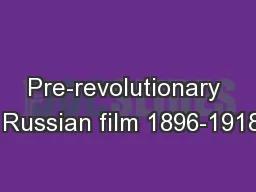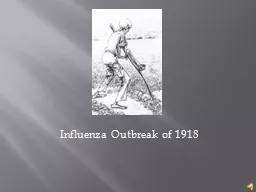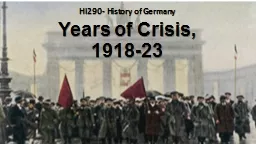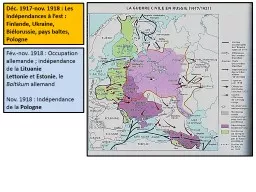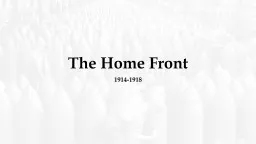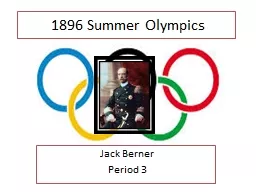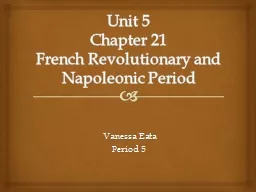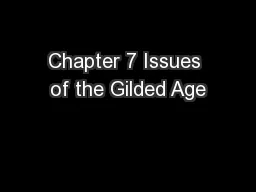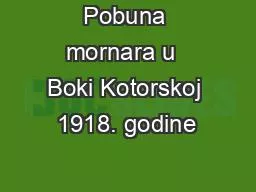PPT-Pre-revolutionary Russian film 1896-1918
Author : pasty-toler | Published Date : 2017-10-19
The capitalist way One of the first films ever In 1896 the Lumiere Brothers visited Moscow and StPetersburg with their films In that year the first film was made
Presentation Embed Code
Download Presentation
Download Presentation The PPT/PDF document "Pre-revolutionary Russian film 1896-191..." is the property of its rightful owner. Permission is granted to download and print the materials on this website for personal, non-commercial use only, and to display it on your personal computer provided you do not modify the materials and that you retain all copyright notices contained in the materials. By downloading content from our website, you accept the terms of this agreement.
Pre-revolutionary Russian film 1896-1918: Transcript
Download Rules Of Document
"Pre-revolutionary Russian film 1896-1918"The content belongs to its owner. You may download and print it for personal use, without modification, and keep all copyright notices. By downloading, you agree to these terms.
Related Documents

